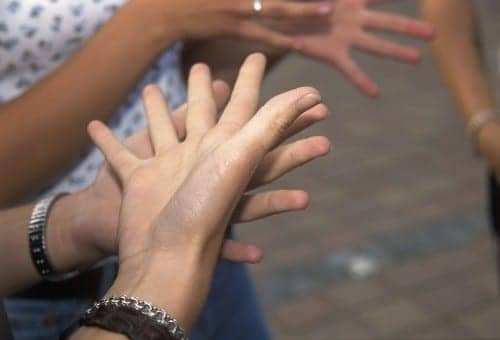An article in the New Jersey newspaper, The Record, spotlights the prominence of American Sign Language (ASL) in the state’s schools, after a 2015 bill allowed high schools to categorize it as a world language. Students are required to take five credits in order to graduate.
“The well-deserved recognition for ‘CODA’ was a great moment for the deaf community,” Elizabeth Hill, executive director for the Department of Human Services Division of the Deaf and Hard of Hearing, was quoted as saying in the article.“We hope that this recognition inspires others to learn some ASL and more about deaf culture.”
According to the article, there are at least 19 public New Jersey high schools teaching ASL, which include Passaic, Essex, Bergen, and Morris counties. There are a mixture of hearing and hearing-impaired students taking the classes.
“It started in 1996 for students with severe speech issues, but now it’s a very popular class for hearing students,” Lori Lesler , who teaches a two-level ASL course for juniors and seniors at Clifton High School, was quoted as saying the article. “It’s a good choice for students who are not good audio processors. For others, it’s just unique and visual.”
Understanding ASL not only allows hearing students to communicate with non-hearing students, but it also creates an awareness of the deaf community. ASL includes five elements, according to the article: palm orientation, hand shape, movement, location, body language, and facial expressions. Students start out learning the signing alphabet and eventually learn how to sign words and phrases, The Record reports.
To read the article in its entirety, please click here.
Source: The Record






